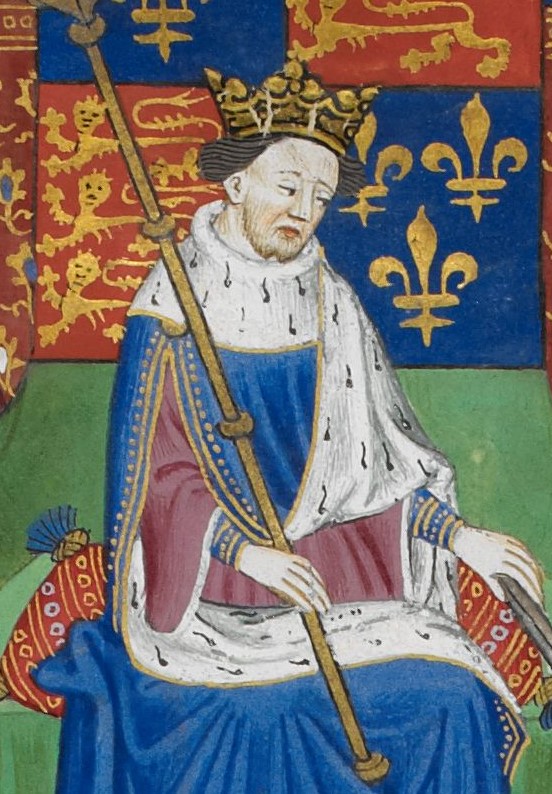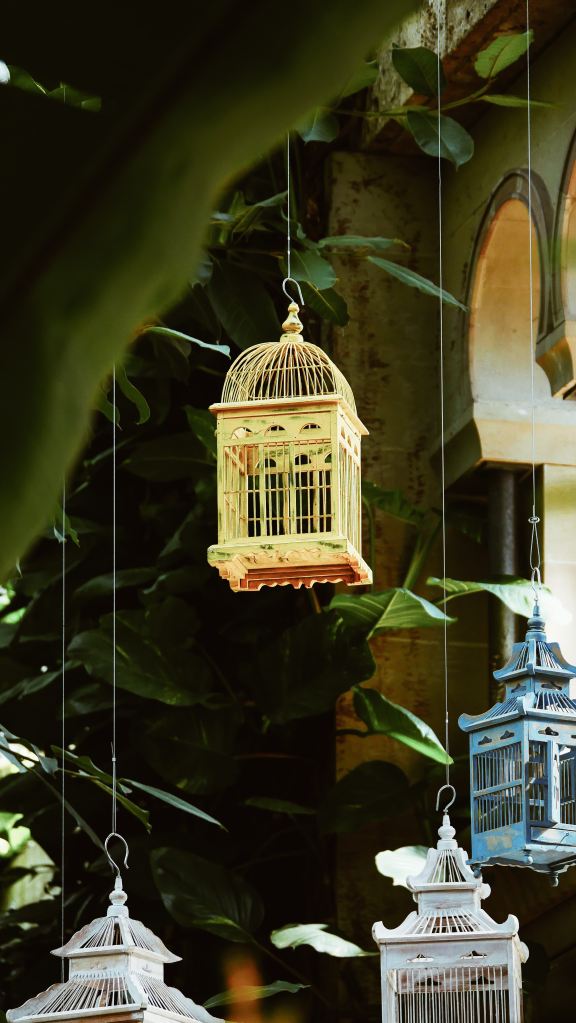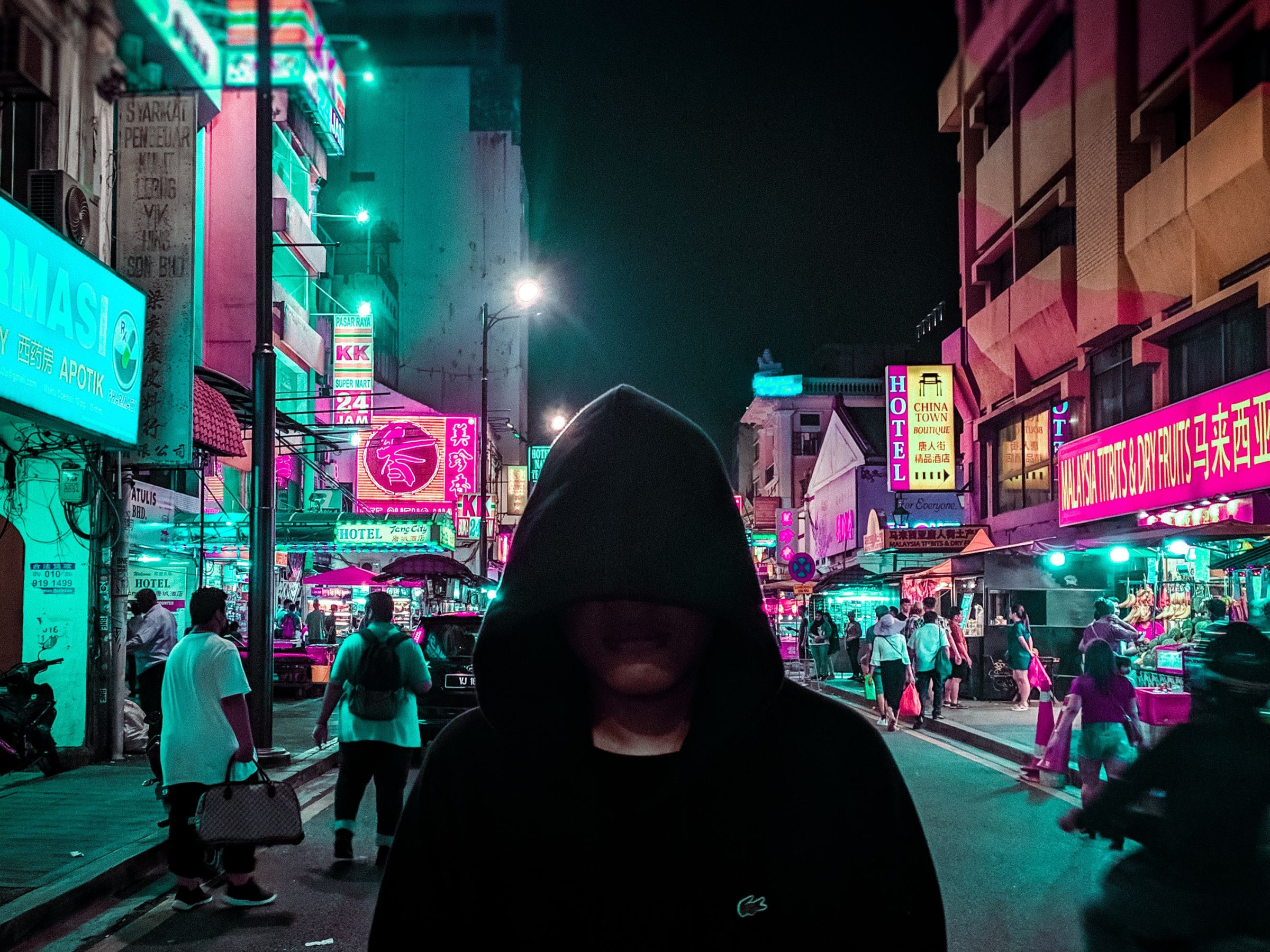You can also read this personal essay at Brave the Castle. It’s an online magazine dedicated to making literature accessible and entertaining.
I never felt proud to be an Australian until I saw Sydney harbour.
There were days when I would have keelhauled anyone who disrespected the Australian flag. That was during my fascistic youth when I read Oswald Mosley, wanted a Napoleon bust in my bedroom, and was once tempted to put on a swastika armband, but that was jingoism not pride. It wasn’t what I felt when I joined Quillette as an intern for the first time over a winter holiday. Nor was it what I felt when I was dancing with my classmates at our high school graduation dinner. I didn’t feel the warm and sweet downpour from the solid-as-marble fact that I was part of something worth being a part of.
I was never ashamed of being Australian. I just never saw anything particularly noteworthy about it. Until my last three years of high school all the history I learnt in school was Australian history and I’m astounded my interest in history survived. I suspect it killed any fascination let alone love for history in my classmates. Australian history for me could be told in one sentence: a lot of people came here in boats.
It wasn’t anything to tell my Scottish cousins about on the fortunate handful of times I could see them and who during one such visit regaled me with the tragic tale of Mary Queen of Scots who raised her voice against the English leviathan Elizabeth and was crushed. I’d tell the story differently: a French brat inherits the Scottish throne through sheer luck and sows dissent against her far more powerful and accomplished cousin. It would be cast as the ultimate Renaissance political catfight rather than a straight up martyr tale for Scottish nationalists but either way there’d still be an exciting story. I shook Australian history to find such stories and to my disappointment not a single apple fell from the tree.
Instead, I suckled my love of history through those years on such stories from the histories of other cultures: Britain, America, France, Ancient Greece and Rome, India, Germany, Japan, the Jews. I’d gaze at these gold coins in my spare time and go back to staring at cement dry in class. Australia just couldn’t compete with these civilisations for my attention. It has no Declaration of Independence, Exodus, or Battle of Thermopylae.
I just didn’t see that there was an Australian story worth telling and that I wanted to be a part of.
Until I visited Sydney this past New Year’s.
One day I took the ferry from Circular Quay out to Manley. The journey let me see the whole of Sydney Harbour. I found a seat upstairs and in the ferry’s rear clear of the canopy and right along the side of the ferry where there were no walls or glass or other passengers to block my view. The whole harbour was laid out before me and I watched all its curves rise and fall like in a slow pane over a reclined woman’s sexy silhouette in the opening credits of a James Bond film.
Houses filled the hills along and overlooking the water like spectators in a crowded football stadium. They crowded out the chaotic natural foliage. The swollen trees and shrubs seemed to be squashing in just to get a spot. The houses were built as close to the water’s edge as possible. It was like their architects and their occupants were daring the sea to rise up and swallow their castles as the sea does to every child’s sandcastle when the day at the beach ends, it’s time to go home, and the moon calls the tide up onto the beach in the night.
Boats were anchored in the harbour. They were reclined across the waves like sunbathers on the beach with their masts thrust up into the air like beach umbrella poles. I thought about all the people who could be lying inside those floating, long, wooden and steel space capsules reading Homer or Hemingway, playing chess, or cooking and eating lobster despite the fact that there was no earth beneath their feet. A boat passed the ferry and I saw a thin arch made from metal mesh standing on the top deck. Pale pink roses were woven into the mesh. A man and a woman stood under the arch. It was an altar. There was a wedding being held on the shifting tides of the sea! I looked over all the boats anchored in the harbour again and I could only think of Christ walking on water. The Bible treats it as a miracle. Here, the miracle is as common as walking on a concrete street.
On the ferry trip back from Manley, the ferry passed the Australian National Maritime Museum. My parents sitting nearby pointed to Captain Cook’s Endeavour anchored on the water outside the museum. They remarked at how brave Cook and his crew must have been to sail from the top to the bottom of the globe in that ship that looked as small and as fragile as a child’s toy compared to the WWII-era warship next to it. I thought about the Endeavour’s wooden hull and how easily any rock could have pierced through it if the navigator made a wrong turn, and I ran my eye up the mast and I thought that it would just take one cruel storm to tear the sales and the masts from the ship and leave Cook and his men stranded to die of thirst and starvation a world away from their parents and their children and their wives.
Yes, I decided and quietly agreed with my parents, they were brave men.
And their bravery made Sydney Harbour and Australia possible.
For centuries, humans told tales of the sea as an abyss filled with leviathans, krakens, and other monstrosities ready to rise up from the opaque depths to devour any human who dared trespass on their domain. It’s the exact same story told in sci-fi about outer space: a dark and impenetrable expanse lurking with monsters.
Then came men like Cook, Columbus, and Leith Erikson. These men defied the terror that girded the seas. They launched themselves out onto this chaotically swirling and undulating mass that had swallowed so many before them and they did it on fragile, rickety hulks and to discover what lay beyond the horizon, and they dared the sea to unleash all its monsters to try and stop them. Like Odysseus, they defied the cruel god of the sea.
Sydney Harbour is a monument to their victory. Here, humans traverse the sea like Christ and Cook everyday as effortlessly as crossing the street. Wrapped around the sea is a city fed by the people the boats ferry over the water to work in the offices occupying the skyscrapers peering over the harbour, manage sea-view restaurants, and eat dinner at those restaurants before going to the opera. The sea that was once humanity’s watery graveyard has been transformed into both an economic engine and aesthetic spectacle. It’s now something to use for profit and to gaze out at through one’s window for pleasure like a painting on your wall. Here, Odysseus has caught Poseidon in a fishing net, bound and gagged him, and is serving him up steamed with salad and melted butter.
I thought: this is what made Australia. The country wouldn’t exist without those men willing to leap into the face of the sea dragon to discover what treasure lay beneath its feet. Yes, Australia wasn’t founded on Life, Liberty, and the Pursuit of Happiness like America but it was founded on the principle of the Endeavour that Cook and his men carried through their quest into the horrifying and bountiful unknown.
That day, if you’d asked me if I preferred to be an American or an Australian I might have for the first time answered “An Australian.” I’d found an Australian story worth telling. It’s the story that I celebrated this Australia Day just passed.













